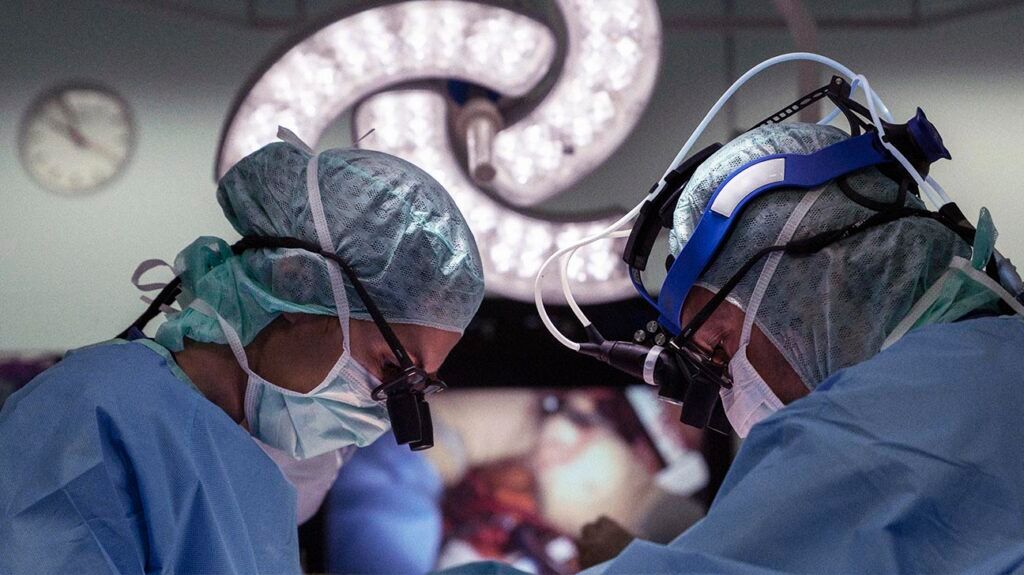Stage 4 gallbladder cancer is the most advanced stage of the disease. This means the disease has spread to other parts of the body, such as the liver, lungs, or brain. While stage 4 gallbladder cancer is not curable, treatments can help manage symptoms and improve quality of life.
Doctors often do not diagnose gallbladder cancer until it reaches an advanced stage. This is because the early symptoms of the disease are often nonspecific. Additionally, people can easily mistake them for other conditions or ignore them altogether.
Once gallbladder cancer reaches stage 4, the cancer has spread to nearby lymph nodes or other organs in the body. At this stage, the outlook is negative, and the focus of treatment shifts to palliative care, which aims to relieve symptoms and improve quality of life.
This article explores what to expect from stage 4 gallbladder cancer, including the common symptoms, treatment options, and outlook.

Stage 4 gallbladder cancer refers to the most advanced stage of the disease.
The
- Stage 4A: The cancer has spread to the portal vein, hepatic artery, or two or more organs or structures other than the liver. It may also have spread to nearby lymph nodes.
- Stage 4B: The cancer has spread to four or more nearby lymph nodes or other parts of the body, such as the liver or distant organs.
Read an overview of gallbladder cancer.
Gallbladder cancer is difficult to diagnose early, and doctors
If a doctor suspects gallbladder cancer, they will conduct a thorough evaluation, including a physical exam, blood tests, and imaging tests such as an ultrasound, CT scan, or MRI.
Other tests may
- angiography
- liver function tests
- endoscopic ultrasonography
- biopsy
- laparoscopy
percutaneous transhepatic cholangiography — a doctor first passes a needle, then a catheter, through the skin into the liver and injects a special dye into one or more bile ductsendoscopic retrograde cholangiopancreatography — a doctor passes an endoscope, a thin tube with a light and camera at one end, through the esophagus, inserts a catheter and dye, and then uses X-ray imaging to examine the bile ducts
The symptoms of stage 4 gallbladder cancer vary depending on where the cancer has spread.
Some common symptoms
- abdominal pain
- nausea and vomiting
- jaundice, which involves the yellowing of the skin and eyes
- abdominal lumps or swelling
There is no cure for stage 4 gallbladder cancer, but there are palliative treatment options available to help manage symptoms and improve quality of life.
Doctors may recommend one or more of the following
- Percutaneous transhepatic biliary drainage (PTBD) or endoscopic biliary drainage (EBD) with stent placement: Doctors place a small tube or stent into the bile duct to keep it open and allow bile to flow. They typically recommend one of the following methods according to the nature, size, and location of biliary obstruction:
- PTBD involves placing a thin tube or catheter through the skin into the liver and bile duct to drain bile.
- In EBD, a doctor inserts an endoscope — a thin tube with a light at the end — through the mouth and into the digestive tract to reach the bile duct.
- Surgery: Doctors may use surgery as palliative treatment to relieve symptoms due to blocked bile ducts.
- Chemotherapy: Chemotherapy uses drugs to kill cancer cells throughout the body.
- Radiation therapy: Radiation therapy uses high-energy rays to kill cancer cells and shrink tumors.
- Clinical trials: Clinical trials may be an option for people with stage 4 gallbladder cancer that has not responded to other treatments.
Other supportive care measures, such as pain management, nutritional support, and emotional support, may also be part of the overall treatment plan for stage 4 gallbladder cancer.
The outlook for stage 4 gallbladder cancer is typically very negative. A 5-year relative survival rate helps give an idea of how long a person with a particular condition will live after receiving a diagnosis compared with those without the condition.
- The combined 5-year relative survival rate for gallbladder cancer is about
20% . - People with regional stage gallbladder cancer, which has spread to nearby lymph nodes or tissues, have a 5-year relative survival rate of about 28%.
- Individuals with distant stage gallbladder cancer, which has spread to distant organs or tissues, have a very low 5-year survival rate of about 3%.
However, these statistics derive from data between 2012 and 2018 and may not reflect the most recent advances in treatment.
Learn more about why the outlook for gallbladder cancer is largely negative.
People with stage 4 gallbladder cancer can benefit from a comprehensive support system. This may include support from healthcare professionals, such as doctors, nurses, and palliative care specialists, who can provide medical treatment and pain management.
Here are some specific support groups and resources for people with stage 4 gallbladder cancer:
The American Cancer Society - CancerCare
The National Cancer Institute - The Cholangiocarcinoma Foundation
- PAN Foundation
Cancer resources
To discover more evidence-based information and resources for cancer, visit our dedicated hub.
Stage 4 gallbladder cancer is an advanced form of the disease that has spread to other organs or tissues.
There is no cure for stage 4 gallbladder cancer, but there are palliative treatments available to help manage symptoms and improve quality of life. These treatments may include surgery, radiation therapy, chemotherapy, and targeted therapy.
